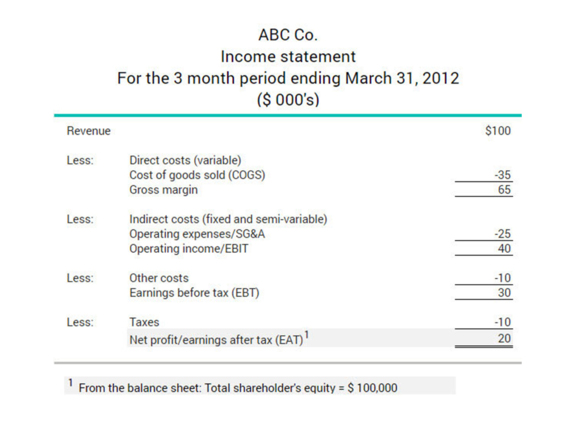Return on shareholders’ equity ratio
The return on shareholders’ equity ratio shows how much money is returned to the owners as a percentage of the money they have invested or retained in the company. It is one of five calculations used to measure profitability. The others are: net profit margin ratio, gross profit margin ratio, return on common equity, and return on total assets.
Unlike the return on common equity ratio, the return on shareholders’ equity ratio accounts for all shares, common and preferred. It is calculated by dividing a company’s earnings after taxes (EAT) by the total shareholders’ equity, and multiplying the result by 100%.
The higher the percentage, the more money is being returned to investors. This ratio helps business owners and financing professionals determine a company’s financial health.
The return on shareholders’ equity ratio is typically used to track a company’s performance over time or to compare businesses within the same industry.
More about the return on shareholders’ equity ratio
From the income statement and balance sheet figures below, ABC Co.’s earnings after taxes are $20,000 and its total shareholders’ equity is $100,000. This makes its return on shareholders’ equity ratio:
($20,000 / $100,000) x 100% = 20%
This is a very healthy ratio.

